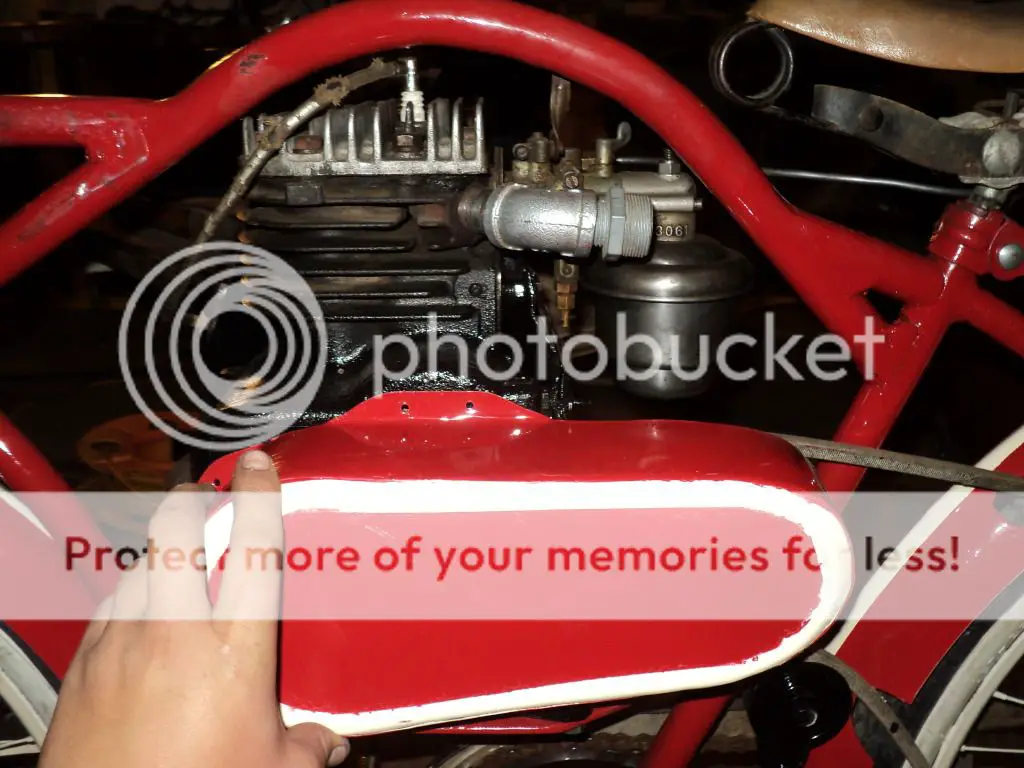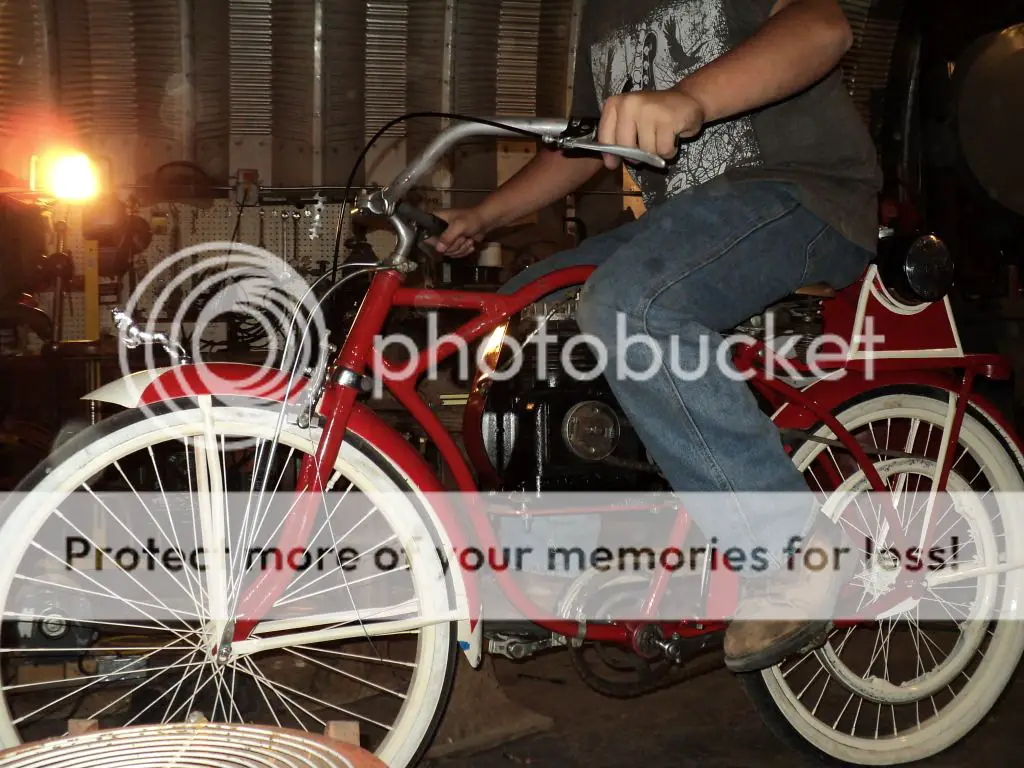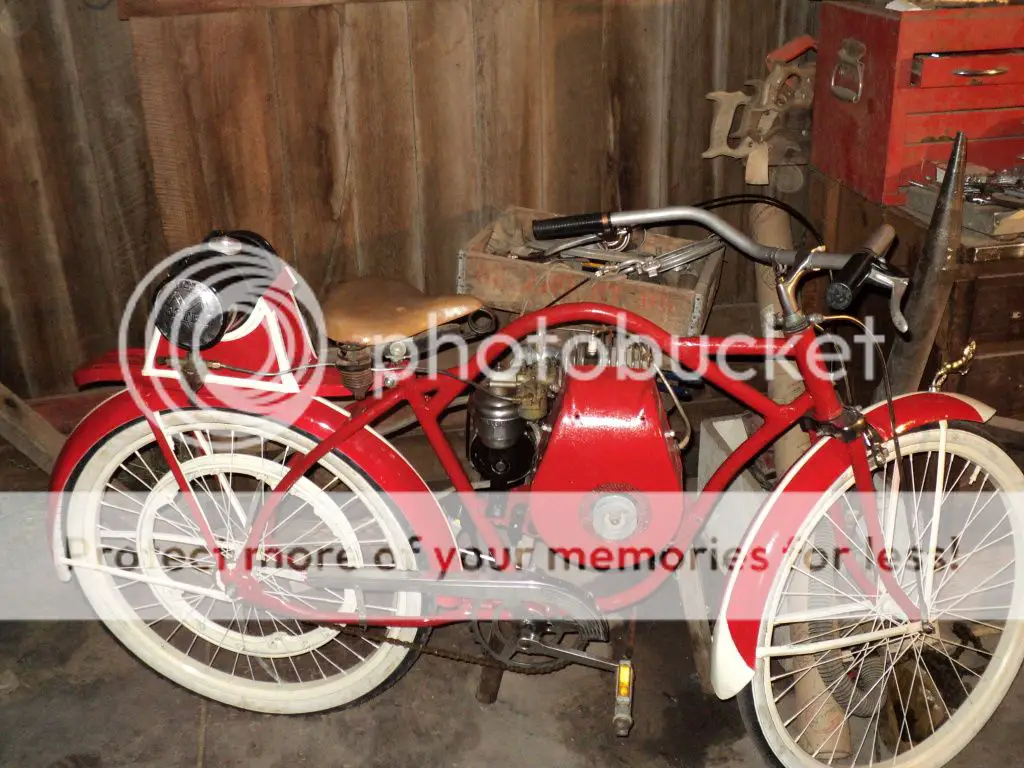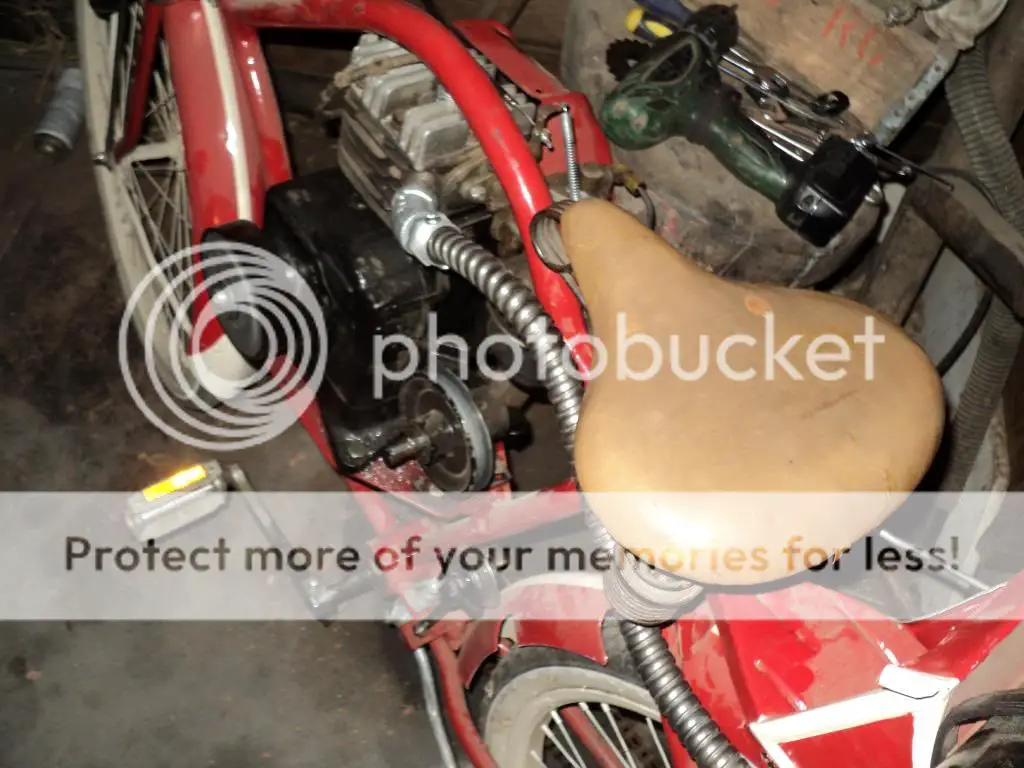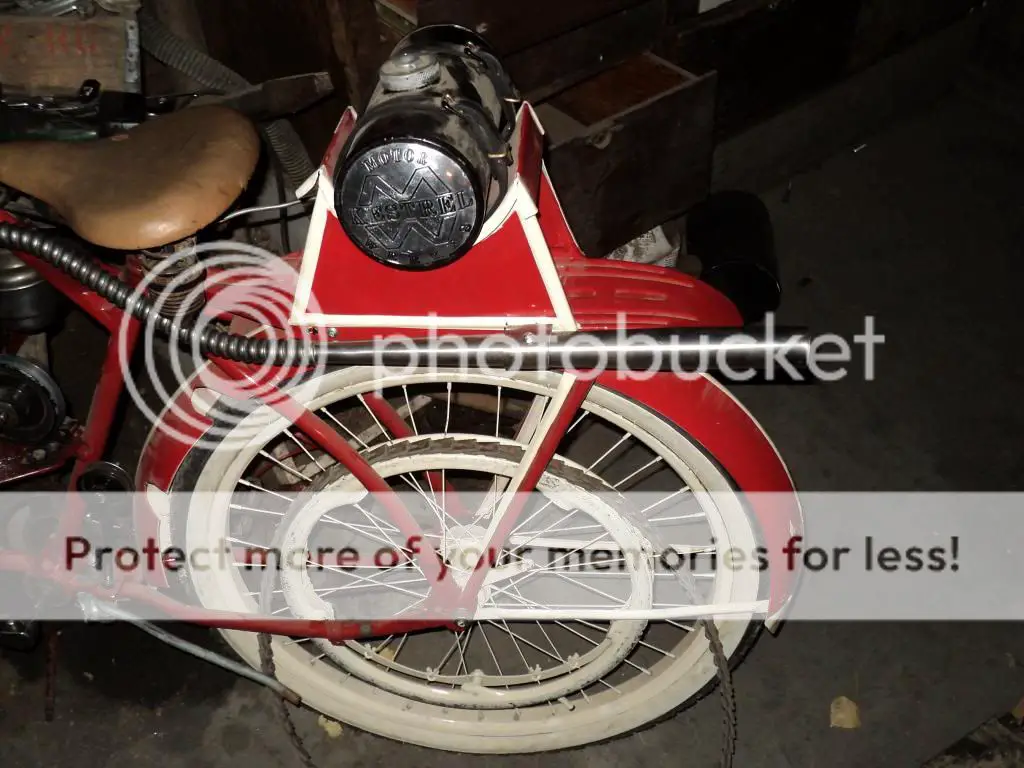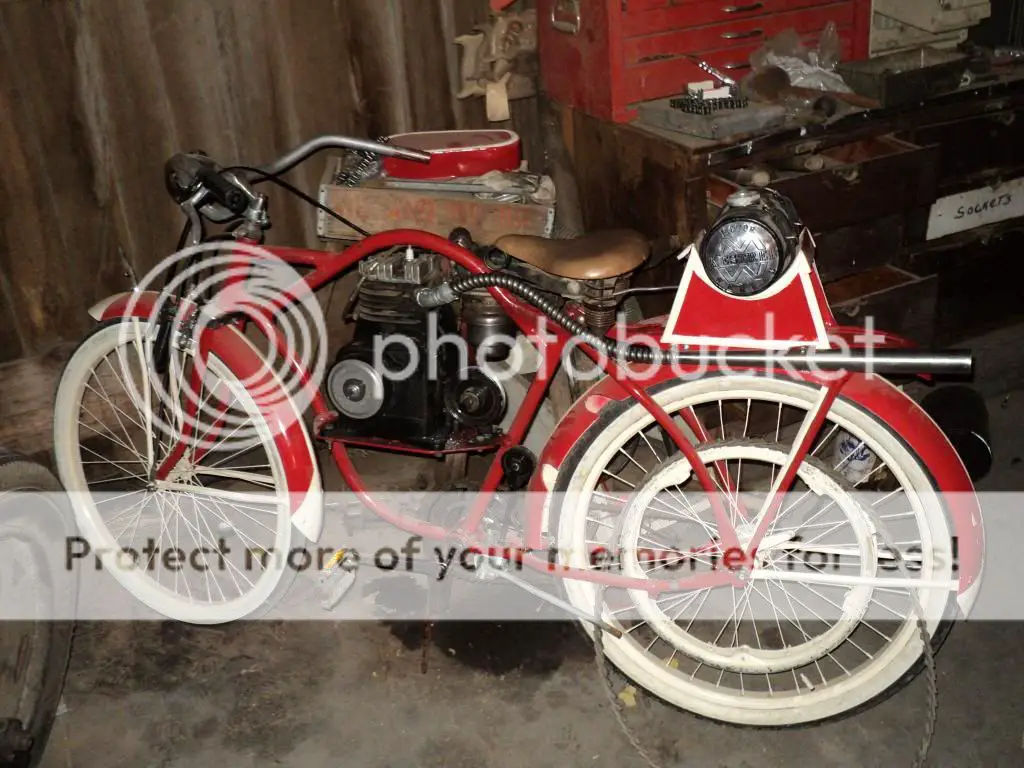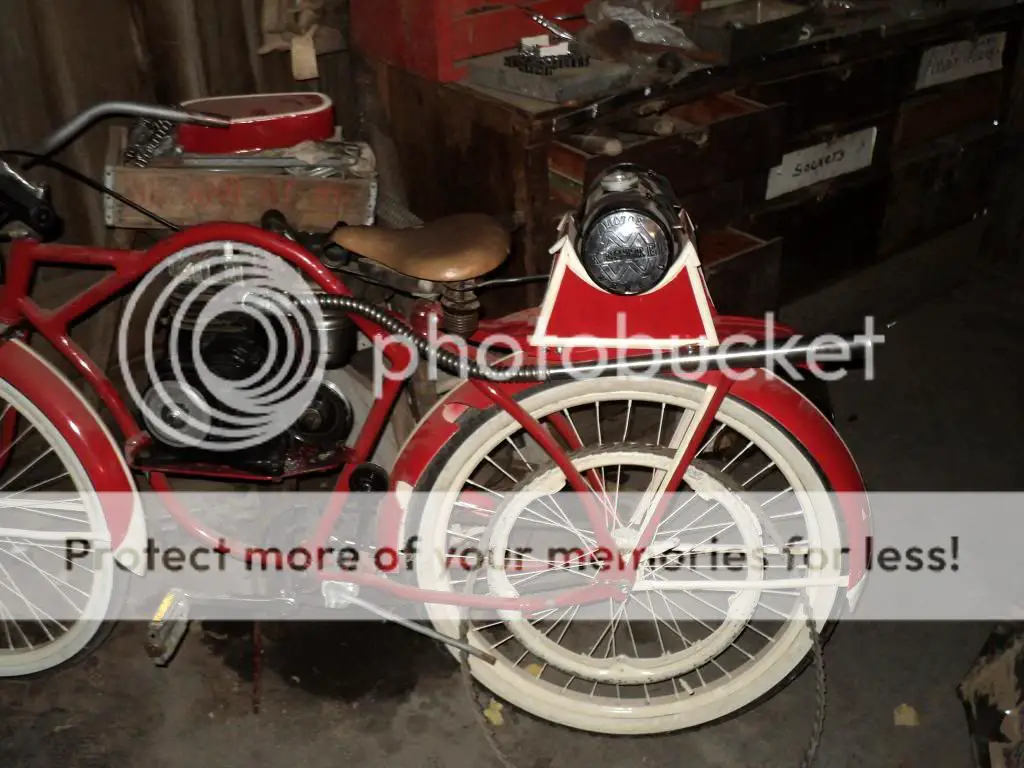KMI, I have a multiple jack shaft that is for parade speed and with 40:1 ratio belt drive. Alternately I take off a cover and remove a 10 inch pulley and put a smaller one in its place. I expect about 20:1 ratio for OHV dirt biking with that change over.
I am first hearing of springs replacement that can get a much lower rpm clutch engagement that was better than what I heard for the Max Torque Belt Clutch I got. I was told what the one I bought I could not opt for a lower rpm range, but buy them later to be installed by myself.
With that the difference was from original 2000 rpm to 2200 rpm and then it would lower to like I think was told would be 1800 rpm to 2000 rpm. This would not be enough to make a noticeable difference on my Briggs 80202 0430 3hp 4 stroke side shaft 70’s era engine. It is supposed to idle around 1750 rpm and max out at around 3500 rpm.
I looked at some other brands besides HillardCorp Brand you mention in this thread. I saw still only 1800, but another Noramclutch 750 lowest from someone. Maybe it was you mentioning this and it was a hit!
The only trouble there was having to shell out money and have a left over belt clutch. Since I have such a radical reduction, I think I can get by OK as is. Also there clutches seem to be limited to shaft bore size ¾ inch and 1 inch and I need 5/8 inch bore and to keep expense down.
http://www.noramclutch.com/centrifugal-clutch/1600-sp3.html.
Test riding I am also in the same situation with some things needing some more tending to. I fixed the slipping of the twist grip throttle. The replaceable grip slipped when the heavy return spring pulled back on it. I got some good information as I saw on a TV show for kids how BMX bikes are made and assembled. They used hair spray to glue it. A friend was going to a dollar store anyway and so I said I’d pay him to get a can for me. Turns out I owe him a few oranges from my dwarf Valencia Orange tree next summer for payment.
I have to modify the dual jackshafts to allow for tensioning the belt between the upper and lower jackshafts. A few recent test rides were fun, but slipping on 1 of the 3 belts was way too much to be acceptable. I was hoping there would be enough friction with a belt I got and just pop it on. I ended up with the Link-Belt (section type belt). I know I can take links out to get the belt tighter when it stretches some. The problem is that the links are not so short that a fine degree of adjustment can be had. This means at some point adjustment by taking a link out of the belt make it so tight the links fray so much and deteriorate. Also sometimes the belt twists and will not pop onto the pulleys.
The friction attained on these section type belts also seem to not have quite the same surface area in contact with the pulleys I am guessing and I am now in the market for between 17 inches and 18 inches regular heavy duty v-belt.
I already know what I have to do to make a slotted mount for the bottom jackshaft where I will have clearance available to tension the belt. I'm waiting out the storms in NORCAL to get time to work on it. Dang the windy times are always night to early am or I would be out windsurfing!
MT
http://motorbicycling.com/showthread.php?t=29678
I am first hearing of springs replacement that can get a much lower rpm clutch engagement that was better than what I heard for the Max Torque Belt Clutch I got. I was told what the one I bought I could not opt for a lower rpm range, but buy them later to be installed by myself.
With that the difference was from original 2000 rpm to 2200 rpm and then it would lower to like I think was told would be 1800 rpm to 2000 rpm. This would not be enough to make a noticeable difference on my Briggs 80202 0430 3hp 4 stroke side shaft 70’s era engine. It is supposed to idle around 1750 rpm and max out at around 3500 rpm.
I looked at some other brands besides HillardCorp Brand you mention in this thread. I saw still only 1800, but another Noramclutch 750 lowest from someone. Maybe it was you mentioning this and it was a hit!
The only trouble there was having to shell out money and have a left over belt clutch. Since I have such a radical reduction, I think I can get by OK as is. Also there clutches seem to be limited to shaft bore size ¾ inch and 1 inch and I need 5/8 inch bore and to keep expense down.
http://www.noramclutch.com/centrifugal-clutch/1600-sp3.html.
Test riding I am also in the same situation with some things needing some more tending to. I fixed the slipping of the twist grip throttle. The replaceable grip slipped when the heavy return spring pulled back on it. I got some good information as I saw on a TV show for kids how BMX bikes are made and assembled. They used hair spray to glue it. A friend was going to a dollar store anyway and so I said I’d pay him to get a can for me. Turns out I owe him a few oranges from my dwarf Valencia Orange tree next summer for payment.
I have to modify the dual jackshafts to allow for tensioning the belt between the upper and lower jackshafts. A few recent test rides were fun, but slipping on 1 of the 3 belts was way too much to be acceptable. I was hoping there would be enough friction with a belt I got and just pop it on. I ended up with the Link-Belt (section type belt). I know I can take links out to get the belt tighter when it stretches some. The problem is that the links are not so short that a fine degree of adjustment can be had. This means at some point adjustment by taking a link out of the belt make it so tight the links fray so much and deteriorate. Also sometimes the belt twists and will not pop onto the pulleys.
The friction attained on these section type belts also seem to not have quite the same surface area in contact with the pulleys I am guessing and I am now in the market for between 17 inches and 18 inches regular heavy duty v-belt.
I already know what I have to do to make a slotted mount for the bottom jackshaft where I will have clearance available to tension the belt. I'm waiting out the storms in NORCAL to get time to work on it. Dang the windy times are always night to early am or I would be out windsurfing!
MT
http://motorbicycling.com/showthread.php?t=29678
Last edited:




